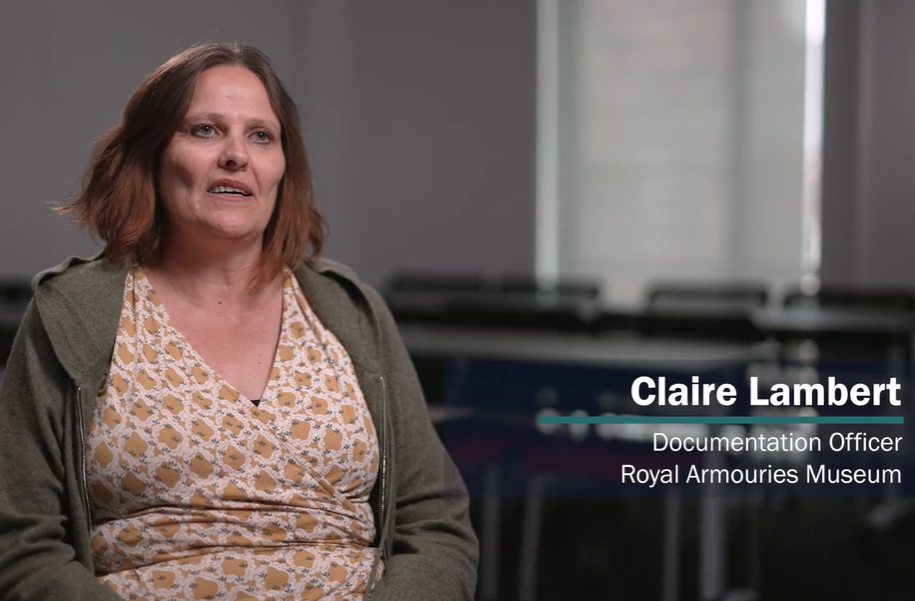Located just off the coast of Venezuela, Trinidad & Tobago are the Caribbean’s southernmost islands. They united in 1889 and acquired independence from Britain in 1962, and today have a population of around 1.35 million.
Axiell* was chosen to provide a database solution for the Civil Registry as part of a joint development project with Fujitsu-ICL and Total Service Solutions. Starting in 2000 and going live in 2001, Axiell customised a system to meet the Civil Registry’s requirements. The system was designed to assist the Civil Registry with performing daily business functions, including:
- Registration of births, stillbirths and deaths
- Registration of adoptions
- Registration of marriages: Civil, Hindu, Muslim, Orïsa and In-Extremis
- Registration of Muslim divorces
- Issuance of marriage licenses
- Issuance of birth, death, marriage and adoption certificates
- Late registration of events
All registration data is stored electronically and indexed, resulting in extremely quick retrieval of information and removing the prior need to locate each registration physically. This greatly improved the business efficiency of the Civil Registry and significantly reduced the physical handling of registration books, thereby increasing their lifespan.
Previously, all of the Civil Registry’s records were stored in paper registration books. As part of the implementation of the new system, the Civil Registry keyed approximately 2.4 million events from 515,500 source documents. Keying began in January 2000, with images of all source documents captured using an Ascent Kofax imaging system provided by Total Service Solutions. As a result of the keying project Birth data from 1934, Marriage data from 1960, and Death data from 1969 to the present were made available in electronic form. Reduced numbers of electronic records for each registration type also exist for dates prior to these ranges with additional historic records keyed on an as needs basis.
Following the initial back capture project all new registrations were first scanned as images and then keyed from the images. Axiell subsequently expanded the Civil Registry’s vital statistics system to interact with the Kofax imaging system. Any scanned images can now be displayed with the electronic registration data kept in the database. New images can be attached to existing registrations when amendments are made, and the images can be printed directly from the vital records system.
In 2007 the Civil Registry embarked on a modernisation program, engaging Axiell as the sole supplier to develop an internal system and online services to improve customer service. The new system allows the Civil Registry to:
- Track the free issuance of a birth certificate to each citizen.
- Provide immediate order fulfilment at the counter for its citizens.
- Run a Point Of Service (POS) and cash management system.
- Produce all reporting requirements for the government and exports for the central statistics office.
- Generate business performance metrics and statistics.
- Maintain an off-shore Disaster Recovery service in case of natural disaster.
- Audit all system activities.
The modernisation program also delivered a suite of online services which allow:
- District Registrars to register births, stillbirths and deaths.
- Consulates to assist Trinidad & Tobago citizens with Civil Registry issues when overseas. This service has reduced the certificate turnaround time for nationals living abroad from months to a week.
- The US Embassy and the Passports Office to verify the authenticity of presented Civil Registry identity documents.
- Authorised external stakeholders to quickly and securely search and retrieve registration information to improve their own efficiency and reduce the possibility of fraud.
- Trinidad & Tobago citizens to order certificates online.
For the initial Civil Registry integration project back in 2000, Axiell developed a technique for generating and assigning a secure and unique 10-digit Personal Identification Number(PIN) to all citizens and immigrants in Trinidad & Tobago. For the initial data back capture project and the ongoing capture of birth registrations, a PIN is assigned to each registration. The PIN is secure and tamper proof and is tied to birth details associated with each individual at the time of registration. The PIN is printed on every birth certificate.
As the Civil Registry system is integrated with other government ministries it is the aim of the Registrar General’s Department that the PIN will be used as the primary unique identifierfor individuals nationally. Foremost amongst these ministries is Immigration whose data will allow a full “population registry system” to be realised. Likewise, integrating the Civil Registry PIN with individuals registered with the Companies and Land Titles systems will allow for asset monitoring to assist the government of Trinidad & Tobago with the requirements of the Terrorist Finance Tracking Program (TFTP).
As part of the initial project implementation the Civil Registry moved from hand-written birth certificates to using impact printers to print certificates on secure paper stock. Each printed certificate still had to be manually embossed, which required the recipient to come back at a later time. With the modernisation program the Civil Registry moved away from partially generating certificates to fully computer generated certificates, allowing them to offer immediate service delivery. This service continues today with birth, death and marriage certificates immediately available. These are now issued on longer lasting polymer security stock, introduced by the Civil Registry in 2016.
Today the Civil Registry issues around 210,000 certificates per year and registers approximately 20,000 births, 11,000 deaths, 8,000 marriages and 130 stillbirths each year.
Platform
Primary and Web Servers: Dell PowerEdge Blade servers, with 2×8 core CPUs, 16 Gb RAM, 500 Gb disk running Red Hat Enterprise Linux 6
Image Storage:500Gb disk
Desktops: Windows 7
*Previously KE Software




